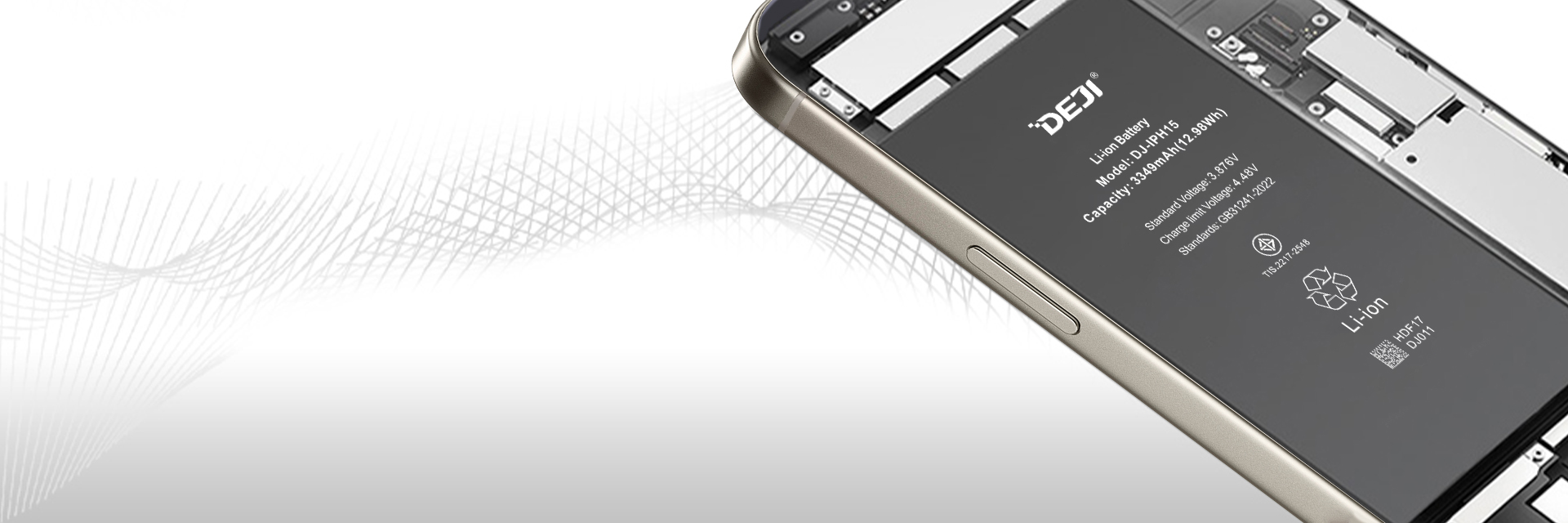At the heart of a smartphone lies the battery, a crucial component that powers everything from simple calls to complex applications. Given its importance, ensuring the longevity and safety of the battery is paramount. This is where the Battery Management System (BMS) comes into play, especially designed to protect and optimize battery performance. This article aims to shed light on what a Smartphone Battery BMS is, its composition, functions, and the critical role it plays in our devices.
What is a Smartphone Battery BMS?
A Smartphone Battery BMS, often referred to as a battery protection board, is tasked with monitoring the battery's state, calculating its charge level, and providing protection against overcharging, over-discharging, overcurrent, and overheating. Such protections not only prevent battery damage but also extend its lifespan. The BMS primarily consists of a protection IC, MOSFETs, a PCB, capacitors, and NTC thermistors.

- Protection IC: Also known as the control IC, it detects the battery's voltage and current, controlling the MOSFETs' operation. If the cell voltage or current exceeds certain thresholds, it can instantly shut off the MOSFETs to ensure battery safety. The IC restores MOSFET functionality once the cell voltage and current return to normal.
- MOSFETs: Standing for Metal-Oxide-Semiconductor Field-Effect Transistor, MOSFETs are critical semiconductor devices acting as switches, amplifiers, or regulators in circuits. They control the flow of current, thus regulating the circuit.
- PCB: The Printed Circuit Board supports and connects the electronic components, with smartphones often using multilayer PCBs to accommodate numerous components and complex circuit designs.
- Capacitors: Essential energy-storage components in circuits, capacitors store electrical energy when voltage is applied across their electrodes, playing roles in coupling, filtering, bypassing, resonance, boosting, and timing in circuits.
- NTC Thermistors: Sensitive to temperature, these resistors can shut off the circuit when the battery overheats, reopening it as temperatures drop. They also detect charging/discharging states based on temperature changes, protecting the battery from overcharging or over-discharging.
Main Functions of a Smartphone Battery BMS
The Battery Management System (BMS) is pivotal in safeguarding and optimizing smartphone battery functionality. It monitors changes in the battery state, promptly offering protection against overcharging, over-discharging, overheating, and overcurrent, thus ensuring stable and safe battery operation. The integration of protection ICs and MOSFETs manages overcharge, over-discharge, and overcurrent protections, while NTC thermistors handle temperature-related safety, highlighting the importance of the protection IC.
- Overcharge Protection: Prevents voltage from continuing to rise beyond normal levels during charging by disconnecting the power, thus protecting the battery.
- Over-discharge Protection: Modern BMS monitors the battery pack's voltage, disconnecting the power when it drops to the lowest permissible level to prevent further decrease and protect the battery.
- Over-temperature Protection: Utilizes a temperature sensor and comparator. The sensor, often an NTC thermistor, has a resistance inversely proportional to temperature. A comparator triggers a protective circuit to cut off power when sensor output exceeds a preset threshold, ensuring device safety.
- Overcurrent Protection: Activates when the current surpasses a predefined value, protecting the component from damage.
In conclusion, the smartphone battery BMS is a sophisticated technology that ensures our devices operate safely and efficiently. By understanding its components and functions, we can appreciate the intricate systems at work within our smartphones that keep us powered throughout our daily activities. This knowledge not only enriches our understanding of the technology we so heavily rely on but also underscores the importance of battery management in the longevity and safety of our devices.
DEJI Battery offers a wide range of aftermarket mobile device and cellphone batteries, charging equipment, and more. Businesses around the world can buy in bulk direct from a trusted source. Explore our online options or contact us today to learn more about how our team can satisfy your needs for iPhone and other parts.
 sales@batterydeji.com
sales@batterydeji.com




